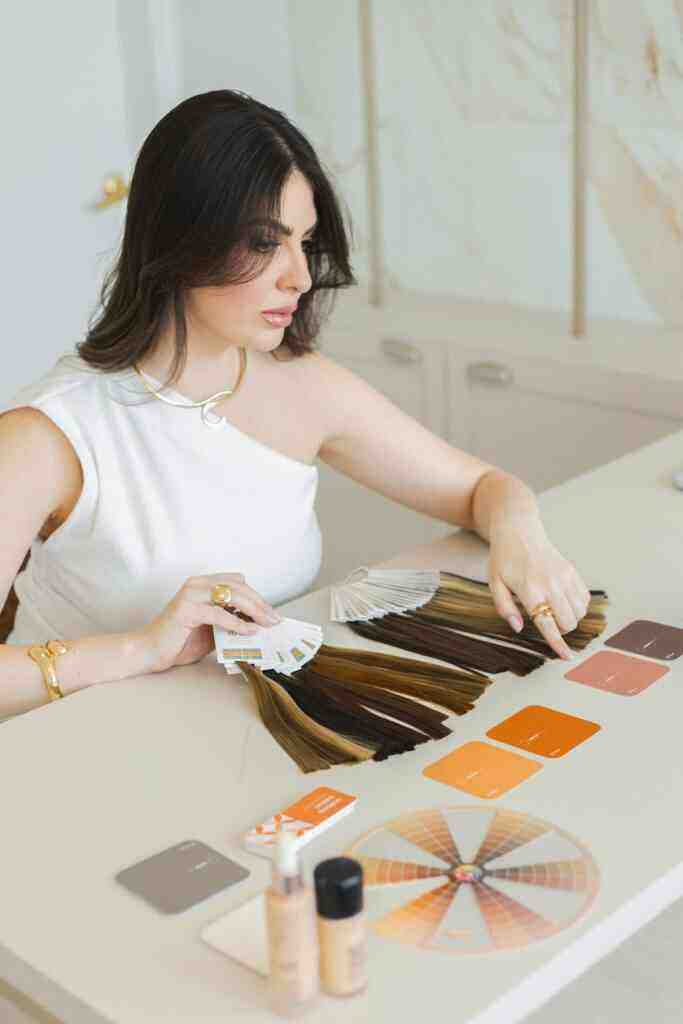How to Choose the Right Paint Color f’r Any Room
Aesthetics, Psychology, and Practicality
Ahh, painting – the art of transforming drab walls into vibrant canvases! Choosing the right paint color is no small feat; it’s a delicate dance between aesthetics, psychology, and practicality. Get it right and you’ll create a space that’s both visually appealing and mentally stimulating. Err…and you might end up with a room that resembles a mismatched sock drawer.
1. The Psychology of Color
Colors aren’t just pretty; they wield psychological superpowers. Here’s a sneak peek into their hidden agenda:
- Red: Passion, Energy, Excitement (But use it sparingly; too much red can trigger anxiety.)
- Orange: Warmth, Happiness, Creativity (Think of a cheerful orange kitchen.)
- Yellow: Optimism, Joy, Energy (A sunny yellow living room can brighten up any gloomy day.)
- Green: Tranquility, Nature, Balance (Green bedrooms promote relaxation.)
- Blue: Serenity, Trust, Calmness (A classic choice for bedrooms and bathrooms.)
- Purple: Royalty, Luxury, Creativity (Purple accents can add a touch of elegance.)
- Pink: Love, Romance, Gentleness (Perfect for a romantic bedroom or a nursery.)
- Gray: Neutrality, Sophistication, Stability (Gray is a versatile choice that goes with everything.)
- White: Cleanliness, Purity, Simplicity (White kitchens exude a sense of freshness.)
- Black: Power, Elegance, Mystery (Black accent walls can create a dramatic effect.)
2. Room Function and Ambiance
The room’s function plays a crucial role in color selection. For instance, you’d want a calming blue for your bedroom, but a vibrant orange might be more suitable for a playroom. Consider the desired ambiance as well. A warm and cozy living room might call for a deep red, while a bright and airy kitchen might look best in a crisp white.
3. Lighting Conditions
Lighting can dramatically alter the appearance of colors. Natural light, artificial light, and the direction of light all have an impact. For example, a north-facing room with limited natural light might need a warmer color to compensate, while a south-facing room with ample sunlight might look best in a cooler shade.
4. Furniture and Decor
Your furniture and decor play a significant role in determining the right paint color. Consider the colors and styles of your furniture, rugs, curtains, and other decorative elements. You want the paint color to complement and enhance your existing decor, not clash with it.
5. Personal Preference and Style
Ultimately, the best paint color is the one that you love. If you’re drawn to a particular color, don’t be afraid to use it, even if it doesn’t follow the “rules.” Your home should reflect your personality and style, after all.
6. Don’t Forget to Test
Before you commit to a color, always test it out first. Paint a small area of the wall and live with it for a few days. Observe how the color looks in different lighting conditions and at different times of the day. This will give you a better idea of how the color will actually look in your space.
Conclusion: The Perfect Paint Palette
Choosing the right paint color is an art that requires a keen eye, a dash of creativity, and a sprinkle of psychology. By considering the room’s function, ambiance, lighting, furniture, and personal style, you can create a space that’s both visually appealing and mentally stimulating. Remember, the perfect paint color is the one that makes you smile every time you step into the room. So go ahead, pick up that paintbrush and transform your walls into a masterpiece!
Call to Action: Unleash Your Inner Color Wizard
Ready to embark on your colorful journey? Grab your paint swatches and let your creativity soar. Experiment with different shades, explore new color combinations, and don’t be afraid to break the rules. Remember, the only limit is your imagination. Happy painting!
